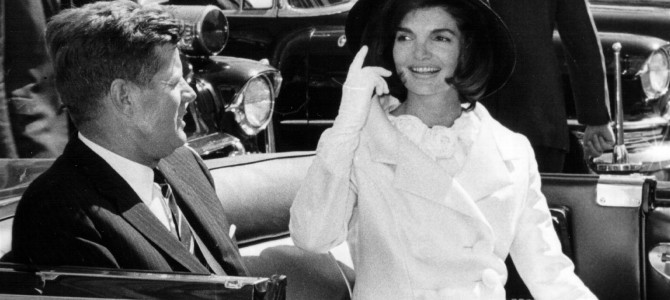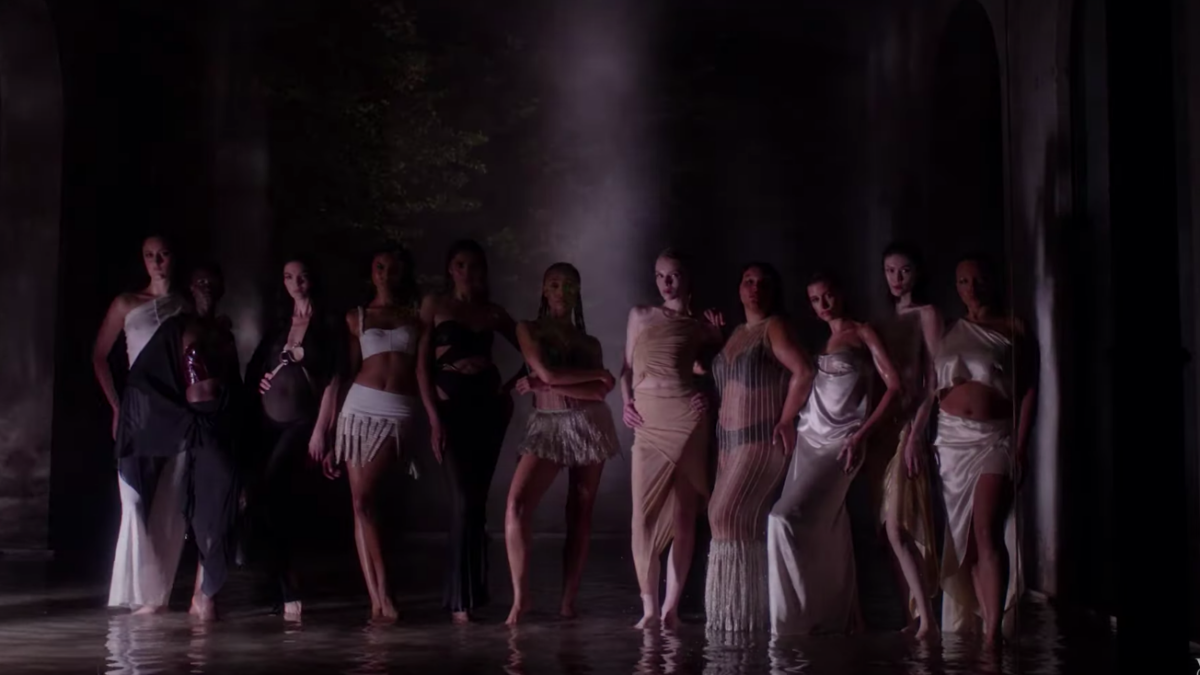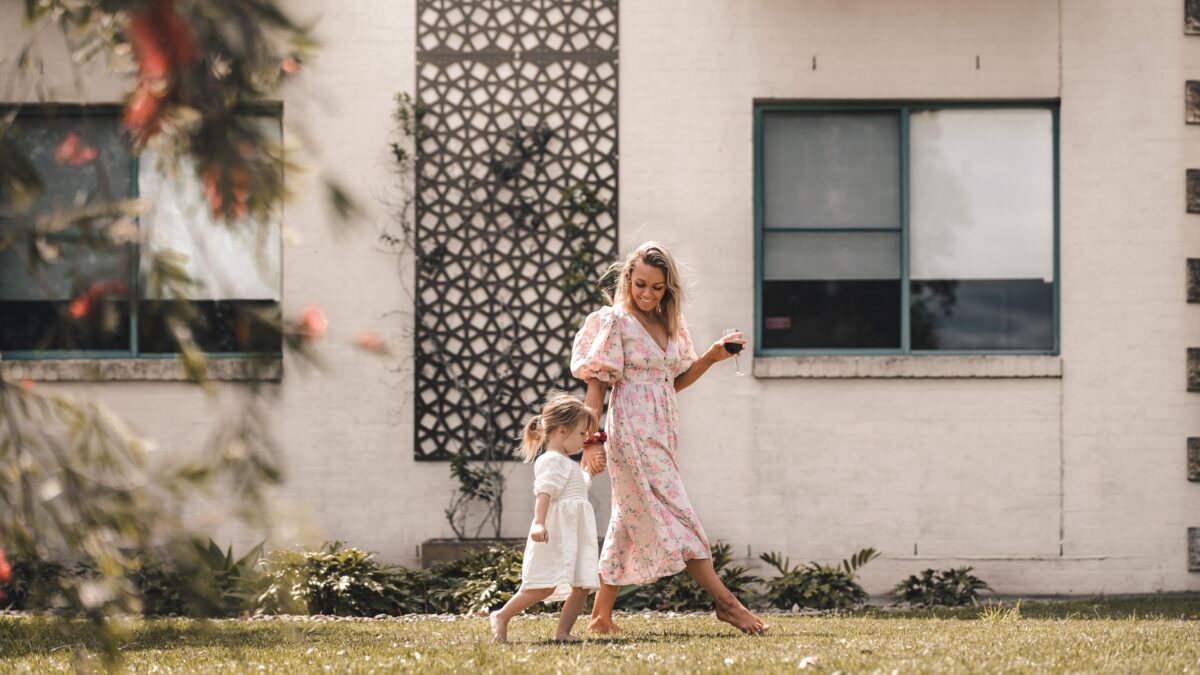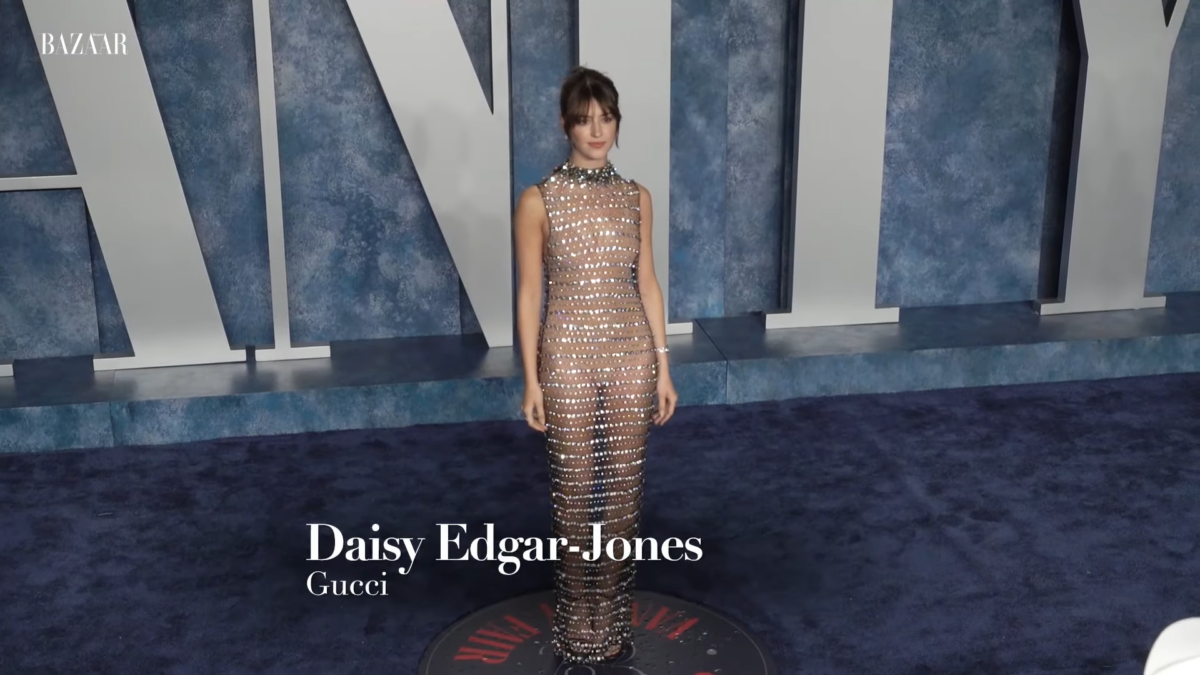
“Does anybody want to be elegant rather than sexy?” asked Frenchwoman Jacqueline de Ribes. Born into an aristocratic family and blessed with unique beauty and a nose like Cleopatra, Jacqueline reveled in adorning her swanlike figure in gowns as elaborate as those of Marie Antoinette.
De Ribes had an insatiable appetite for creativity—she would tear apart her couture gowns to create new and elaborate styles. Her silhouette transfixed the eyes, and her presence captured the hearts of the men who surrounded her, from notable designers to noblemen. She made waves with her eccentric yet classic style, renowned in both her native Paris and abroad in America for her unsurpassed beauty, captivating charm, and swanlike grace.

While this may sound like a fairy tale from centuries past, it is the true story of a woman who was one of twentieth century fashion’s greatest muses. Yet most millennials have never heard of her.
From Feminine Icons to Anti-Feminine Pop Stars
“Glamour,” says de Ribes, “is a worldly style, lots of allure, a touch of flamboyance, a deep know-how, all wrapped up in natural seduction.”
For a woman who said glamour is a distinct invention of Americans, de Ribes appeared to embody its Platonic form. I first encountered her in picking up an issue of Net a Porter magazine on Halloween. Having never heard of a Jacqueline as glamorous as our contemporaneous American political princess Jacqueline Kennedy, I was intrigued.
The article’s author described de Ribes as “fashion’s secret muse.” The image of a woman sketched in the words of her fashionable contemporaries from Gaultier to Laurent only whispered the glamour each photograph accompanying the story conveyed. As I sat on the long metro ride to Virginia, examining the black-and-white photographs of Mademoiselle de Ribes, I realized that I had encountered an icon for the ages.
#TheMetropolitanMuseumofArt #JacquelinedeRibes – The #Art of #Style pic.twitter.com/aSD4tuMnmF
— Ginevra Ruspoli (@santagiacinta) January 11, 2016
My kind of Divine Decadence at #themet…
The #jacquelinederibes #art of #style exhibit #fashion #yvessaintlaurent pic.twitter.com/ujPMLT35lV
— Ashlee Renz-Hotz (@AshleeR_H) January 29, 2016
“Would young girls be interested?” Jacqueline wondered about modern elegance. I imagine that young girls are interested, but the modern era includes very few emblems of elegance. Most of what can be considered “style” today is reminiscent of a Lady Gaga music video—spikes, faux leather, sheer fabric, and the preeminence of pants, all with an overtly aggressive and utterly un-feminine aesthetic.
“Look to women with power, not to pop stars,” writes Professor Linda Przybyszewski, author of the recently published “The Lost Art of Dress,” which takes an in-depth look, from the perspective of a scholar and dressmaker with a PhD, at the history of dressmaking in the twentieth century.
Women who are not preparing for a performance career in music or other avenues of exhibition should drop the pop star aesthetic, she says. Rather than looking to the cult of celebrity for advice, millennials need a modern muse to awaken in them a desire for a sense of style.
To inspire a generation to turn away from Rhianna, Gaga, and Beyonce, we need a parallel force of fabulous to stir young people’s imaginations. The textile tides can indeed be re-directed from scandal to true style, but it will take work.
‘The Art of Being Astonishing without Creating Astonishment’
“Christian Dior once said that you could not be elegant and sexy at the same time,” de Ribes proclaimed. “My answer—No. It is just more difficult, that’s all.” She struck a rare balance between elegance and sexiness without looking provocative, nude, offensive, or any variety of adjectives that accurately describe many celebrity fashion icons of today. In an era of exhibitionist fashion paraded in the crafted couture on the runway and street style off the runway, de Ribes’s style is striking.

“Elegance,” according to de Ribes, is “the art of being astonishing without creating astonishment.” But it seems that many young women today have learned the art of creating astonishment without actually being astonishing: “I am a little floored when I walk down the hallway these days and every single young woman is wearing leggings.” remarked Dr. P, a professor at Notre Dame University. “They somehow manage to be both exhibitionist and monotonous.”
For most of the twentieth century, the ruling school of thought rooted in the principles of art guided women in every aspect of fashion, which included the four elements of harmony: shape, texture, idea, and color. The first element of harmony—the ideal shape—is reflected in graceful movement, while the last element of harmony—the color palette—varies according to a woman’s age and ethnicity. An all-black dress on a young woman, for instance, was unheard of.
Dr. P. dazzles readers with a detailed history of the women behind women’s fashion in America over the past century, a time in America, according to my grandmother, when women would dress up their entire family just to spend a lazy Sunday afternoon at the in-laws’s. The book is a reminder for many—and an introduction to most—American women concerning the level of skill and attention to detail that went into dressmaking decades ago, before feminism ruined everything.
We’ve Lost the Vocabulary of Design to Feminism
The 1960s was the era of the two Jacquelines: Kennedy of America and de Ribes of France. Although America had in our first lady a model of elegance, “a whole vocabulary of design for women’s day wear was lost in the 1960s.” Sadly, the era didn’t provide for the aesthetic longevity of young women, as Dr. P. writes:
The 1960s culture challenged a lot of rules, including dress codes, and rejected maturity as boring. To dress formally was oppressive. As a result, college men and women today dress like grade schoolers instead of young adults. Often, young women only have practice ‘dressing up’ when they dress sexy for big dates. It makes the transition to professional life that much harder for them. Not only don’t they own formal clothing, they have no idea what it looks like.
Dr. P. gives us a timeline for this radical shift in style literacy: it began with the rise of feminism. In college courses in pre-sexual revolution America, a vital part of woman’s education was home economics. Women everywhere knew the fundamentals of sewing and making a home.
When women left the shackles of domesticity and the kingdom of the home for salaried work in the outside world, they not only left the kitchen utensils behind, they left their sewing machines. With the rise of feminism and the decline of the stay-at-home mom, America lost the valuable art and science of home economics. With the evolution of the socioeconomic roles of the sexes, women have abandoned their post at home, and with it, the role of shepherds of style.
With few icons to turn to, how can the women of today curate their own style successfully? “The only time I see women fully clothed in fashion magazines,” remarked Dr. P., “is in a feature on women in technology, business, finance, or diplomacy.” The diplomatic scene is familiar to my fellow Washingtonians, and Jacqueline first looked to a female ambassador for fashion advice: “When I was a small child, there were two women I admired. One was an ambassadress. The other was Coco Chanel.”
I am no exception to this millennial mistake. Years ago, I recall my last week of college as I got ready for my honors graduation ceremony and a ceremonial dinner with my professor. My mom made the mistake of opening the doors to my jam-packed college closet to reveal what I had been wearing: “You have absolutely nothing appropriate to wear to dinner,” she proclaimed matter-of-factly, the frustration echoed as she angrily flipped through my hangers.
“Here,” she said, and shoved a grey Calvin Klein dress into my arms. “Wear this.” To this day, my go-to professional dress designer is Calvin Klein. Nearly four years later, Klein has not failed me yet.
Good Taste Requires Practice and Study
In DC, style is not often something women pride themselves on as readily as their litany of endorsable skills on LinkedIn. Yet curating one’s signature style is crucial for success in any field.
Perhaps many of my fellow Washingtonians see a concern for style as an ephemeral endeavor, of little to no concern in light of the serious work in fields like foreign policy, national security, and governmental affairs. But I can’t tell you how many times I’ve seen young women in Washington, women chosen to represent a leader or organization, showing up in woefully inadequate attire, whether at conferences or on-camera.
Today we are nearly bereft of proper models for age-appropriate attire, but a few high-profile designers capture in their couture the sense of elegance de Ribes conveyed in her dresses. Three contemporary designers I look to for inspiration are Carolina Herrera, Isabel Toledo, and Diane von Furstenberg.
“There is no elegance without grace, and no grace without ease. There is no ease without naturalness. Nothing is false or overdone in elegance,” explained de Ribes, “But it can sometimes take study.” And study young women must if they aspire to aesthetic excellence.
In what is perhaps my favorite book on professional development for young women, Mireille Guiliano—former president and CEO of Cliquot, Inc.—devotes an entire chapter in “Women, Work, and the Art of Savoir Faire” to style. In an era rife with political correctness, Guiliano’s no-nonsense, gendered advice on professional success for women is as delightful to the palate as a glass of Veuve after years of bad bubbly.
“Brains and personality may still get them hired,” she writes, “but not on the front lines or fast track… Your appearance makes a nonverbal, emotional appeal, branding statement and often forms the first impression of you. First impressions count in business and in life.”
Guiliano should know—she spent over two decades rising to the top of what is now the number-one champagne brand in the United States. And she didn’t make it without a sense of style. “A style is cultivated over time and involves lessons and choices as one matures. It is generally never too late to develop or refine one’s unique style.”
After my mother’s senior-year scolding, a few faux pas, and nearly four years of trial-and-error amid constant study, I can safely say that I know what I’m doing when it comes to style. For those of you who need a primer on professional dress, I recommend these Instagram and Pinterest profiles, a bento box, and these three names: Calvin Klein, J. Crew, and Ann Taylor.
In the fall 2015 issue of my favorite publication, Lapham’s Quarterly, the topic of the season was fashion throughout the ages. The introductory essay by the magazine’s founder and namesake, Lewis Lapham, concludes: “All is vanity, and thank heaven for that. How or why does the world turn without it? Take vanity off the table or out of the picture, and George Washington doesn’t become father of the country.”
Style was and will continue to be a factor in how we choose our leaders. With the invention of television and the increasing popularity of visual social media platforms like Twitter and Instagram, appearance matters.
If you can’t imagine legendary leaders like George Washington or Isabel of Spain rallying the troops and heading into battle wearing leggings and Ugg boots, perhaps you shouldn’t imagine yourself heading to work in them, either. As Honore de Balzac says, “A person who sees only fashion in fashion is a fool.”









